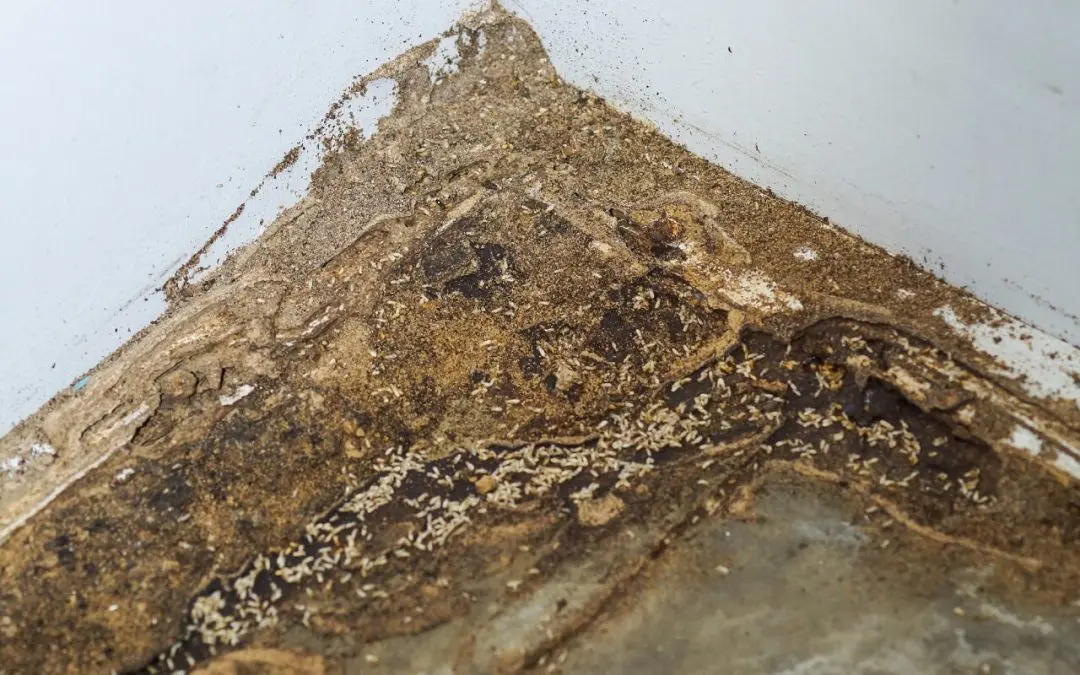Wood-destroying insects are pests that could compromise the structural integrity of your home, often quietly and without obvious signs. Termites, carpenter ants, and certain beetles are among the most common culprits. These insects feed on wood or create tunnels in it, leading to weakened structures, costly repairs, and potential safety hazards. Understanding these pests and how to detect them early is critical for homeowners.
Common Types of Wood-Destroying Insects
Termites are the most notorious wood-destroying insects. Subterranean termites live in soil and build mud tubes to access wood, while drywood termites infest wooden structures directly. Carpenter ants do not consume wood but excavate it to build nests, which could cause significant structural damage. Beetles, including powderpost beetles, lay eggs in wood, and the emerging larvae bore holes that weaken beams and flooring. Understanding these insects in their behaviors and life cycles is crucial in preventing long-term damage.
The Importance of WDI/WDO Inspections
A WDI (Wood-Destroying Insect) or WDO (Wood-Destroying Organism) inspection is a professional assessment designed to detect signs of infestation and damage. This inspection is typically performed by a licensed pest control or home inspection professional who checks structural wood, foundations, attics, crawlspaces, and other areas where wood is present. A thorough WDI/WDO inspection will reveal subtle indicators of damage often missed by the untrained eye, allowing homeowners to address issues before they become significant problems.
How a Wood-Destroying Insect Inspection Works
A comprehensive WDI/WDO inspection evaluates the home for signs of active infestations and existing damage. Inspectors examine visible wood components, probe suspect areas with specialized tools, and look for indicators such as frass (wood dust), hollow sounds, mud tubes, or tunnels. These inspections are designed to catch problems that may not yet be visible to homeowners, ensuring early detection and giving you the opportunity to address them before significant structural damage occurs.
Benefits of WDI/WDO Inspections
The biggest advantage of a WDI/WDO inspection is early detection. Identifying infestations before structural damage becomes severe could save homeowners thousands of dollars in repairs. These inspections provide valuable peace of mind, particularly when buying or selling a home. A documented inspection report helps buyers make informed decisions and gives sellers evidence that the property is well-maintained. Additionally, inspections allow homeowners to implement preventative measures such as chemical treatments, physical barriers, or regular monitoring to reduce the risk of future infestations.
Signs Your Home May Be at Risk
Certain factors increase the likelihood of wood-destroying insect activity. Homes with high moisture levels, poorly ventilated crawl spaces, or wood-to-soil contact are particularly vulnerable. Signs of infestation may include small holes in wood, hollow-sounding beams, discarded wings from swarmers, or visible mud tubes along foundation walls. Even without obvious signs, a WDI/WDO inspection will detect early-stage damage that may not yet be visible.
Preventative Measures for Homeowners
Prevention is key when it comes to wood-destroying insects. Homeowners will reduce the risk by maintaining proper drainage around the foundation, reducing moisture levels in basements and crawl spaces, sealing cracks and gaps, and keeping firewood or debris away from the home. Regular WDI/WDO inspections complement these measures by providing professional oversight and early detection, guaranteeing that preventative strategies are effective.
The Role of Professional Treatment
If an inspection reveals an active infestation, professional treatment is often necessary. Options include localized chemical treatments, bait systems, or structural modifications to eliminate and prevent further damage. A licensed professional will recommend the most effective treatment plan based on the type of insect, extent of infestation, and construction of the home. Following treatment, inspections guarantee that the problem has been fully addressed and help prevent recurrence.
FAQs About Wood-Destroying Insects
What is the difference between a WDI and a WDO inspection?
WDI inspections focus specifically on insects such as termites, carpenter ants, and beetles, while WDO inspections may include fungi, rot, or other organisms that damage wood.
How often should I schedule inspections?
Annual inspections are typically recommended, especially in regions prone to termite activity.
Are WDI/WDO inspections required when buying a home?
Some lenders require these inspections to protect both the buyer and the lender. They provide assurance that the property is free from serious structural issues caused by pests.
Can I detect wood-destroying insects on my own?
While homeowners can watch for signs like small holes or mud tubes, professional inspectors have specialized tools and training to detect hidden damage that is often invisible to the untrained eye.
What if my home has had previous infestations?
Inspections are particularly important for homes with a history of wood-destroying insects. They help monitor the property over time and guarantee that previous treatments remain effective.
Homesmith Home Inspections offers WDI/WDO Inspections in the Houston, Texas, area. Contact us to request our services.

